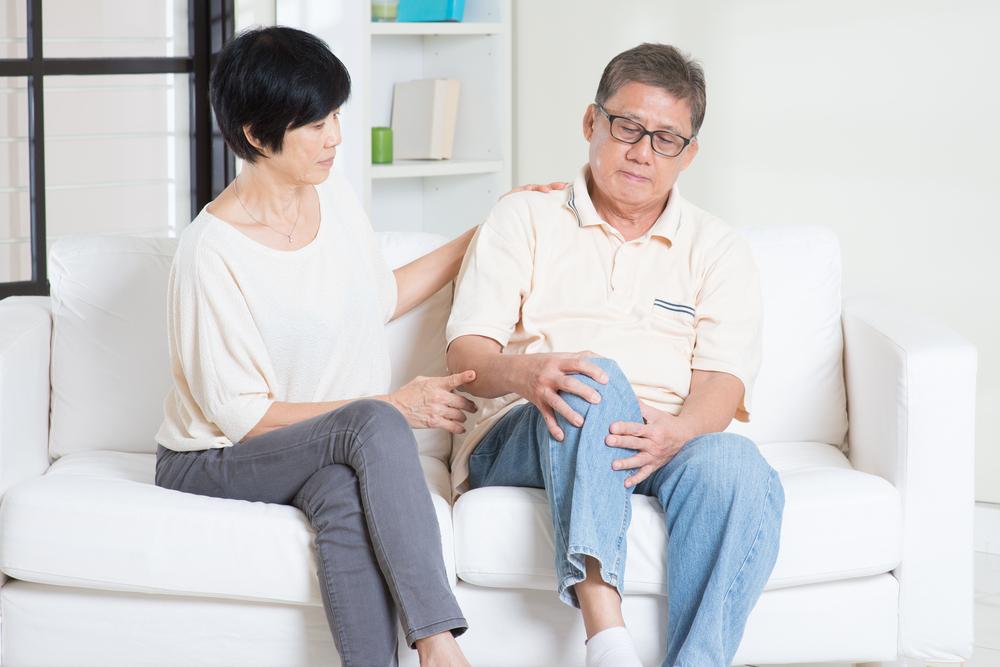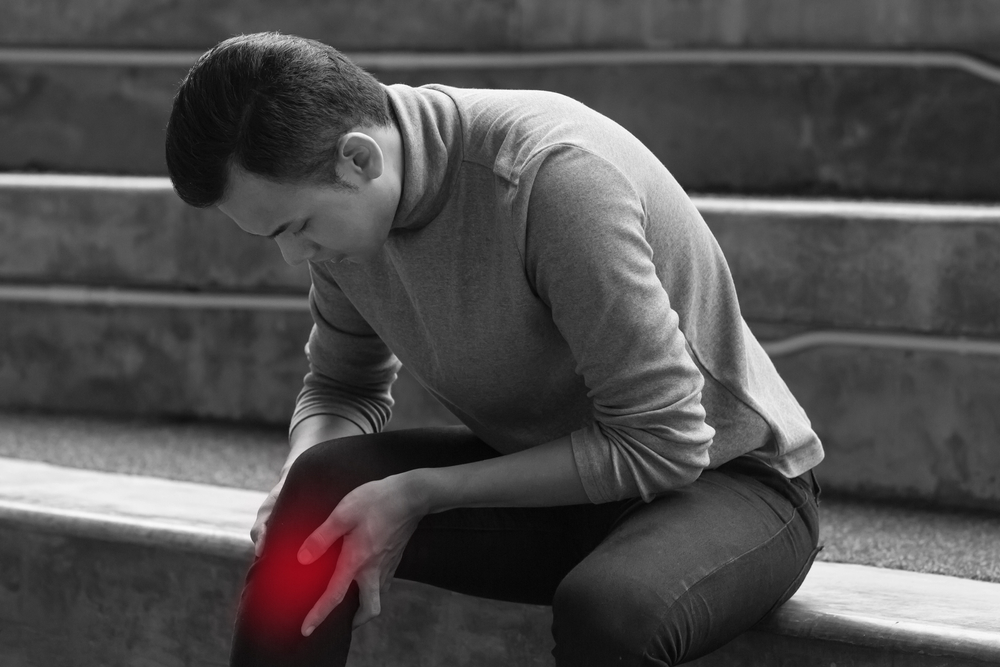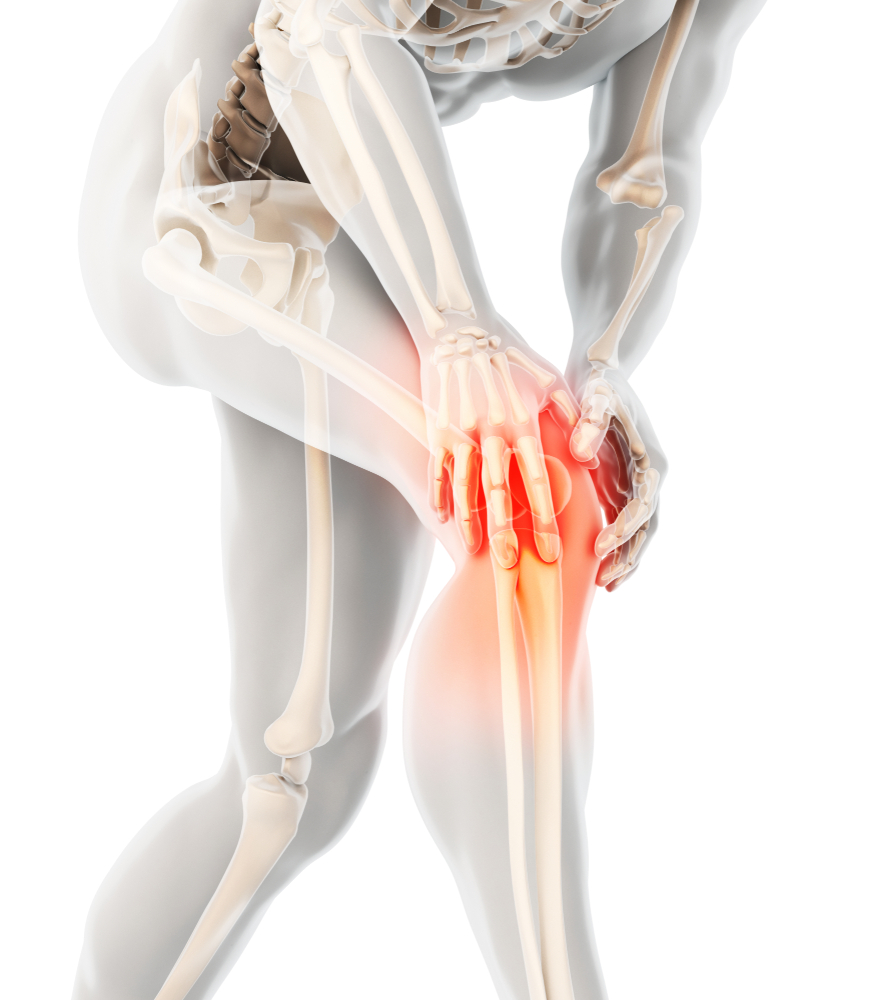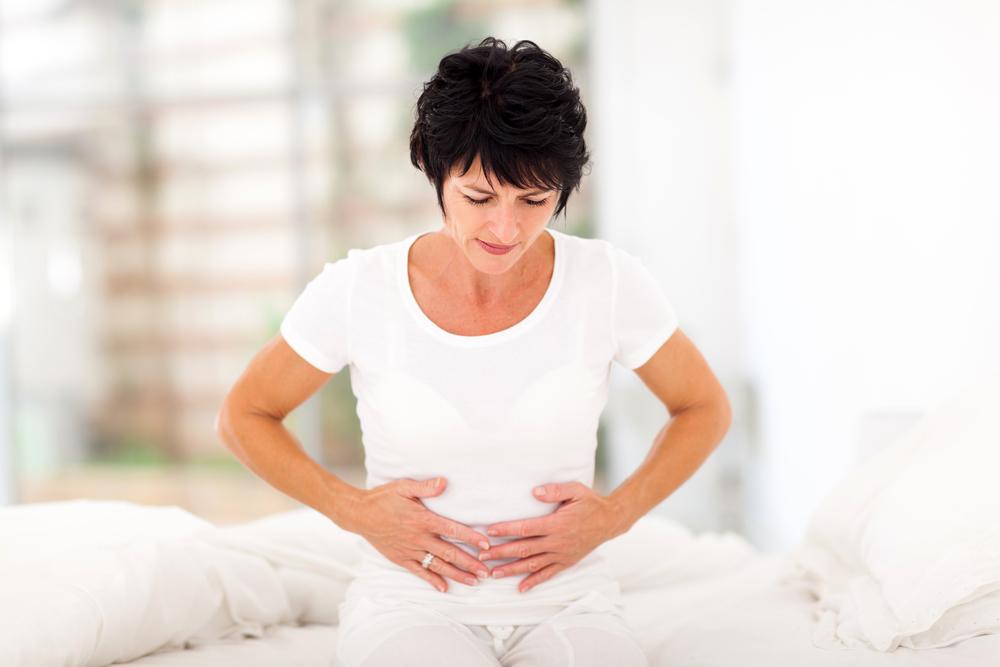Key Insights into Osteoarthritis: Causes and Warning Signs
This article offers a comprehensive overview of osteoarthritis, highlighting its key causes such as genetics, age, gender, and weight. It also discusses primary symptoms like pain, stiffness, tenderness, and loss of joint flexibility. Early detection of these signs is crucial for effective management. Understanding these factors can help individuals seek timely medical intervention and adopt preventive measures to maintain joint health and improve quality of life.

Key Insights into Osteoarthritis: Causes and Warning Signs
As we age, our bodies experience various changes due to ongoing wear and tear. Sometimes, this deterioration becomes severe enough to lead to certain health issues. One of the most prevalent is osteoarthritis, affecting a significant portion of the population.
Osteoarthritis is a common form of arthritis predominantly seen in older adults but can also occur in younger individuals. It involves the breakdown of cartilage at the ends of bones, leading to joint problems.
Often called a degenerative joint disorder, osteoarthritis mainly affects joints such as the knees, hips, spine, and hands. Unlike other types of arthritis like rheumatoid arthritis, it typically does not impact internal organs.
Causes of osteoarthritis
Genetic Predisposition
Family history significantly raises the risk. If relatives have had joint issues, the likelihood of developing osteoarthritis increases, especially if genetic joint disorders are involved.
Gender
Women are more susceptible to osteoarthritis, often experiencing more severe symptoms and earlier onset compared to men.
Other factors contributing to osteoarthritis include:
Age
Aging is a major risk factor as joint wear accumulates over the years. However, younger individuals can also show early signs.
Body Weight
Excess weight puts additional strain on joints, particularly the knees, hips, and back, accelerating cartilage degradation and joint damage.
Symptoms of osteoarthritis
Early warning signs often appear before the condition becomes severe. Recognizing these symptoms promptly can help manage the disease effectively. Common signs include:
Pain
Discomfort during movement is typical, which may become intense if the joint damage worsens.
Stiffness
Difficulty moving joints, especially after rest or in the mornings, is a key symptom.
Tenderness
Applying pressure can cause pain around affected joints, indicating inflammation.
Grinding Sensation
You might notice a creaking or crackling sound when moving joints, reflecting cartilage deterioration.
Reduced Flexibility
Over time, joint stiffness can lead to limited movement and decreased joint flexibility.
Note:
The information provided about symptoms and causes is for educational purposes only. It should not replace professional medical advice. For proper diagnosis and treatment, consult qualified healthcare providers.










